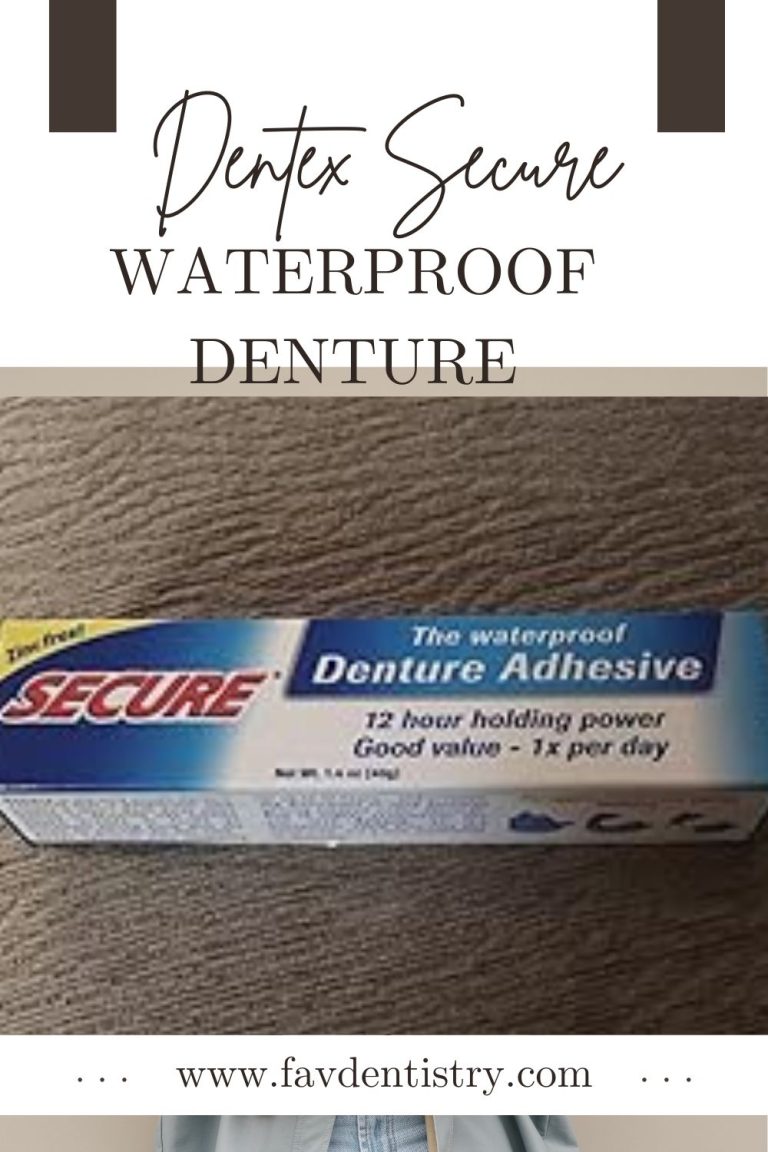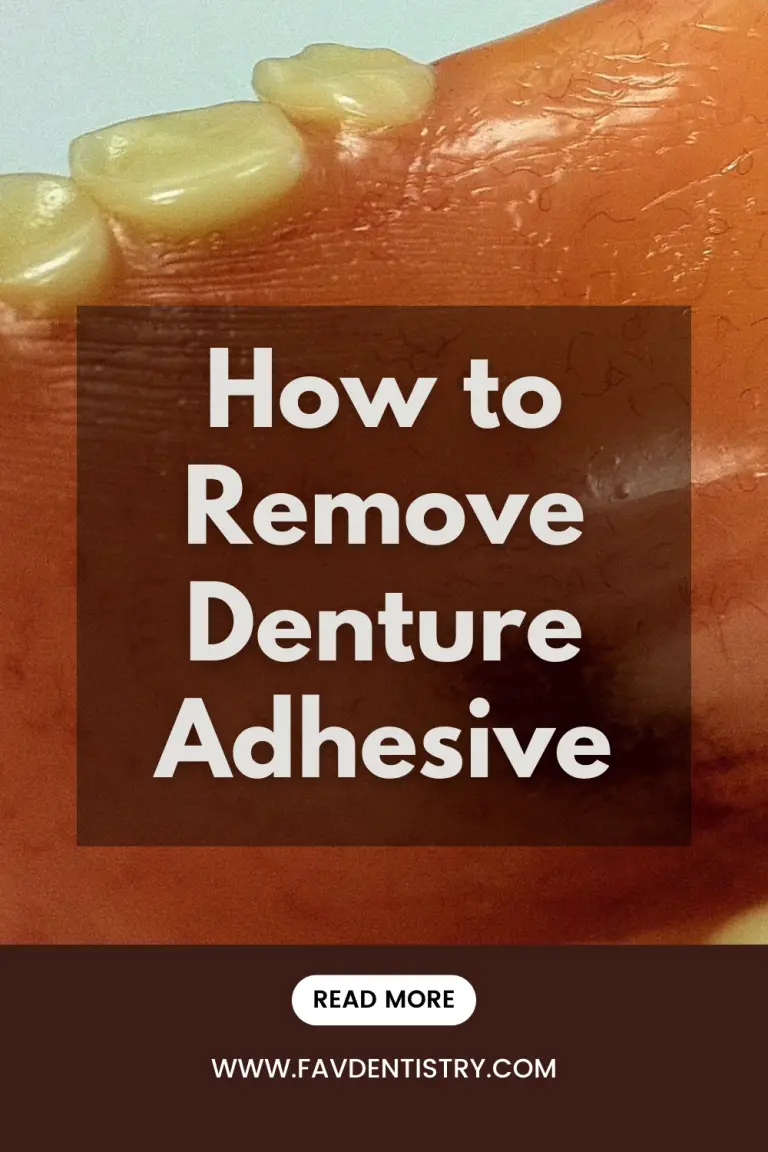Flexible Partial Denture Upper Front Teeth?
Last Updated on 6 months by DR. ALBIN SIPES
A flexible partial denture is a type of removable dental prosthesis used to replace one or more missing teeth. It is made of a thermoplastic material that is much thinner and more comfortable. Which is more than the traditional acrylic partial denture. The main advantage of a flexible partial over a conventional partial is that it conforms to the contours of your mouth. It makes it much less noticeable.
A flexible partial denture is an excellent option for those who are missing teeth in the front upper part of their mouth. This type of denture is made from a thin, pliable material that conforms to the shape of your mouth. It provides a comfortable, natural-looking fit. Flexible partial dentures are also less likely to irritate the gums and surrounding tissues.
How Do Flexible Partial Dentures Stay in Place?
Flexible partial dentures are made of a thin yet strong material that is designed to conform to the contours of your mouth. They are held in place by a combination of suction and clasps that attach to your natural teeth. The suction keeps the partial from moving around in your mouth, and the clasps provide more support and stability.
Can You Eat With Flexible Partial Dentures?
Yes, you can eat with flexible partial dentures. They are designed to fit comfortably around your teeth and gums, providing support while you chew. However, it is vital to take care when eating with flexible partial dentures, as they can be more prone to slipping and shifting than other types of dentures.
Be sure to chew slowly and evenly, using both sides of your mouth equally to avoid putting too much pressure on one side. If you have any concerns about eating, talk to your dentist or prosthodontist for guidance.
Can You Get a Partial for the Front Teeth?
Can You Get A Partial For the Front Teeth? A partial is a dental appliance that is worn to replace one or more missing teeth. It is held in place by natural suction or metal clasps, and it can be removed for cleaning.
Partials are usually made of acrylic or nylon, and they can be used to restore both the function and appearance of your smile. If you have lost one or more front teeth, you may be wondering if you can get a partial to replace them. The answer is yes – but there are a few things you should keep in mind before making your decision.
First, it’s essential to understand that a part will not look exactly like your natural teeth. The replacement teeth (called “pontics”) will be made from either plastic or porcelain. They will be attached to the base of the partial using metal clasps. It means that your partial will likely be visible when you smile or talk. However, newer materials and techniques are making it possible for partials to look more natural than ever before.
Another thing to consider is that wearing a partial can take some getting used to. It may feel strange at first, and you may need to adjust your speech patterns slightly. However, most people early get used to their partials and don’t even notice them after a while.
If you are considering getting a partial to replace one or more missing front teeth, talk to your dentist about all your options.
What is the Best Partial for Front Teeth?
When it comes to choosing the best parts for your front teeth, there are a few things you need to take into consideration. First of all, you need to decide what material you want your part to be made out of. There are three main options when it comes to materials: acrylic, metal, or porcelain.
Each option has its own set of pros and cons, so you must choose the one that’s right for you. Acrylic is the most popular choice for partials because it’s lightweight and easy to adjust to. However, acrylic can discolor over time and doesn’t always match the color of your natural teeth perfectly.
Metal is the strongest and most durable option, but it can be not easy to adjust to if you have sensitive gums. Metal partials also tend to show more than other types of partials. Porcelain is the most expensive option, but it looks the most natural and won’t discolor over time like acrylic can.
Porcelain partials can also be custom-made to match the exact shade of your natural teeth.
Flexible Partial Denture, details, and demo on the patient.
Disadvantages of Flexible Partial Dentures
Flexible partial dentures are a type of removable dental prosthetic. They are made to replace one or more missing teeth, and the surrounding teeth and gum tissue support them. These dentures are usually made out of flexible plastic material. They can be an option for people who cannot wear traditional dentures or who have allergies to metals.
However, there are some disadvantages to these dentures that you should be aware of before you decide whether they are suitable for you. One of the main disadvantages of flexible partial dentures is that they do not last as long as traditional dentures. The average lifespan of a flexible partial denture is about five years, whereas a conventional denture can last for ten years or more.
Additionally, flexible partial dentures can be more challenging to keep clean than traditional Dentures because food particles and bacteria can get trapped in the crevices where the prosthetic meets the gum line. It can lead to gum disease and other oral health problems over time. Finally, flexible partial Dentures tend to be more expensive than traditional Dentures. so you will need to factor that into your decision-making process as well.
Front Teeth Partial Dentures Changed My Life
I have always been self-conscious about my teeth. When I was younger, I had a lot of cavities, and my front teeth were chipped. I never felt confident smiling or laughing around people.
I knew that I needed to do something about it, but I wanted to avoid getting complete dentures. That’s when I found out about partial dentures. Partial dentures are false teeth that are attached to a gum-colored base.
They fill in the gaps in your natural teeth and give you a fuller, more complete smile. I decided to get partial dentures for my front teeth, and I am so glad that I did! They have completely changed my life.
Nowadays, I love smiling and laughing around people. My confidence has skyrocketed, and I finally feel like myself again. If you are considering partial dentures, don’t hesitate – they may change your life, too!
Flexible Partial Dentures for One-Tooth
A flexible partial denture is an excellent option for those who are missing one tooth. This type of denture is made from a flexible, plastic material that covers the gums and fits over the existing teeth. It is held in place by suction and does not require any adhesives.
Flexible partial dentures are comfortable to wear and are less likely to irritate the gums than traditional dentures. They are also more affordable than other types of dental prosthetics. If you are considering a flexible partial denture, talk to your dentist about whether this would be a good option for you.
How Much are Flexible Partial Dentures
If you’re considering getting a partial denture, you may be wondering how much they cost. Flexible partial dentures are a popular option because they’re comfortable and natural looking. Here’s what you need to know about the cost of flexible partial dentures.
The cost of flexible partial dentures depends on a few factors, including the type of material used and the number of teeth that need to be replaced. They typically start at around $500 but can go up to $3,000 or more for complex cases.
Flexible partial dentures are usually made with a lightweight plastic that looks like natural gum tissue. This material is soft and comfortable, making it a good choice for people who have sensitive gums. It’s also less likely to irritate other types of materials.
The most significant benefit of flexible partial dentures is that they’re virtually invisible when you wear them. They blend in with your natural teeth and don’t require any special care or cleaning products. You can eat and drink normally without worrying about them slipping or moving around in your mouth.
If you’re considering getting a partial denture, talk to your dentist about whether flexible partial dentures are fitting for you.
Types of Flexible Partial Dentures
Dentures are an essential part of many people’s lives, providing support for the teeth and jaw. There are different types of dentures available, each with its advantages and disadvantages. Flexible partial dentures are one type of denture that can be used to replace missing teeth.
Flexible partial dentures are made from a flexible material that allows them to conform to the shape of your mouth. They are less visible than other types of dentures and can be more comfortable to wear. However, they may last less time than different types of dentures and may need to be replaced more often.
If you are considering getting dentures, talk to your dentist about all of your options so that you can choose the best type of denture for your needs.
Conclusion
A flexible partial is made of a thin, pliable material that covers your gums and remaining teeth. It is held in place by small metal clasps that attach to your natural teeth.
There are several benefits of choosing a flexible partial over a traditional partial denture. Flexible partials are more comfortable to wear because they do not require the use of metal wires or brackets to stay in place. They are also less visible when you smile, making them a good choice for people who are concerned about their appearance.
In addition, flexible partials can be removed easily for cleaning and maintenance. If you think a flexible partial denture might be suitable for you, talk to your dentist to find out more about this treatment option.


